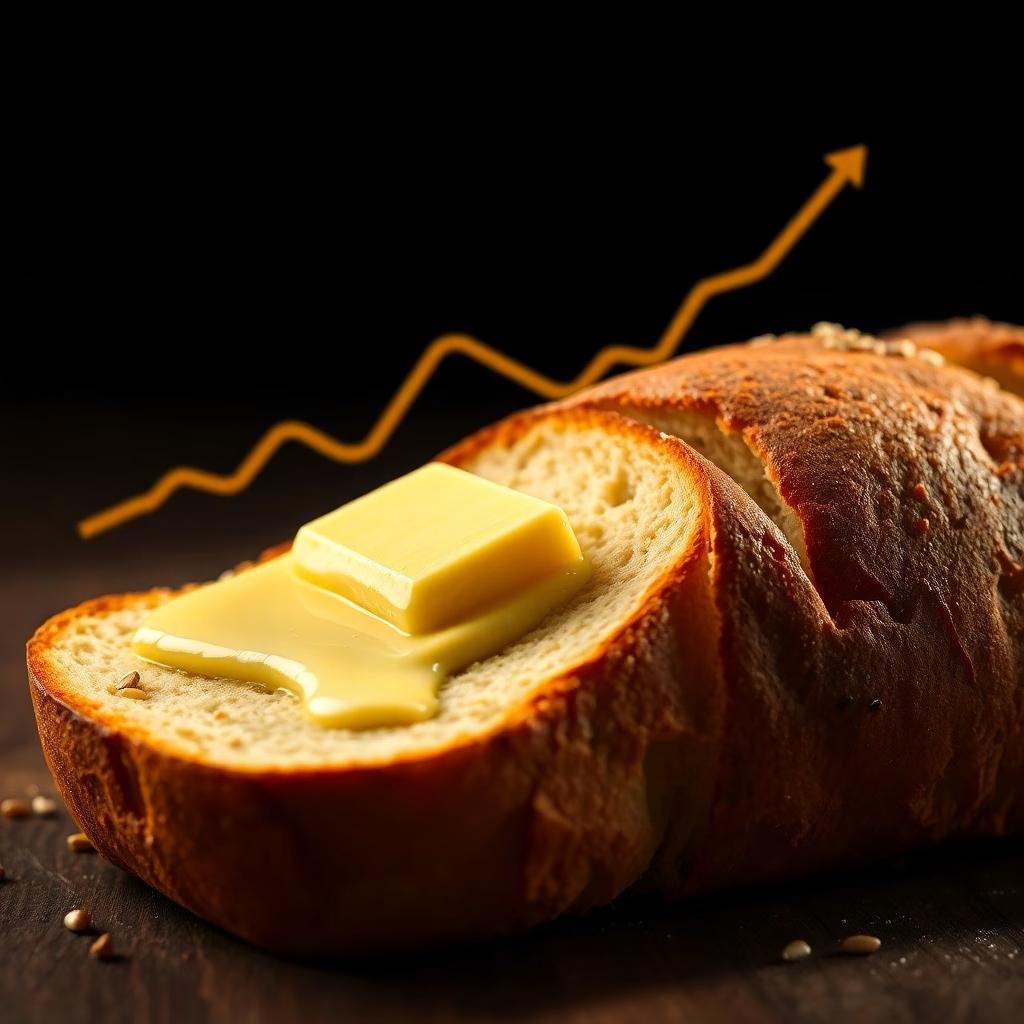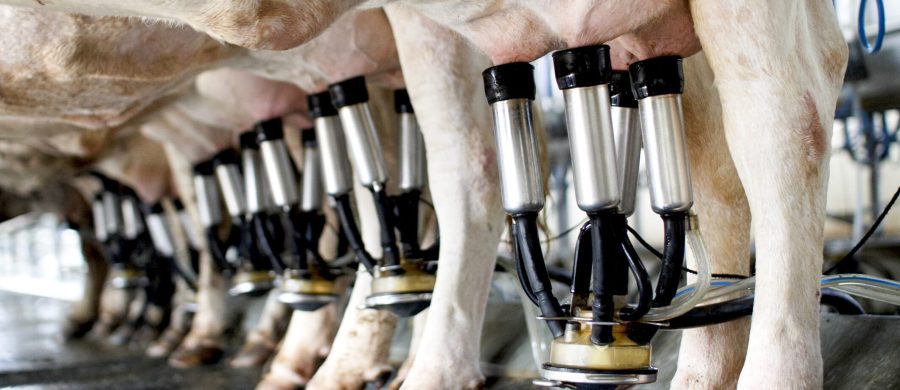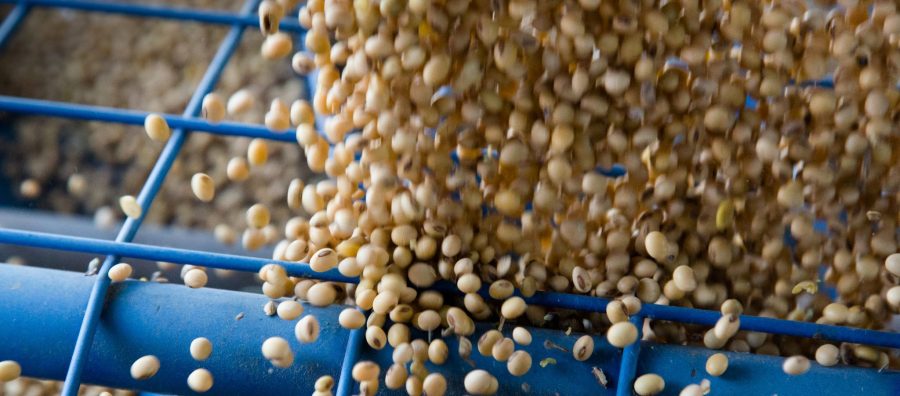Find out why American butter demand is skyrocketing. In what ways are markets reacting to this boom? Explore the dynamics of manufacturing, exports, and inflationary pressures.
Summary:
November saw unprecedented US butter consumption as the CME spot butter price, driven by relentless demand, reached $2.60 per pound, not slowing down. With US churns totaling 171 million pounds, a 4.4% increase from the previous year, USDA data shows more butter production up to November. However, California had difficulties since avian influenza reduced output. The US imported more butter than it exported despite producing over 2 billion pounds this year, highlighting competitive foreign markets. November saw a record 241.4 million pounds of butter purchased by Americans, up 22% from 2023. New cheese capacity will cause milk competition to drive higher prices, reflecting a dynamic market with opportunities and challenges.
Key Takeaways:
- Butter prices in the CME spot market have reached unprecedented levels, indicating strong domestic demand in the U.S.
- U.S. butter production has surpassed 2 billion pounds for the year, showcasing robust production capabilities despite regional setbacks.
- November’s Cold Storage report highlights significant demand for butter as year-over-year stock gains sharply dropped.
- The U.S. exported a substantial amount of butter in November yet remained a net importer, underscoring massive domestic consumption.
- Heightened U.S. consumption trends drive the increase in butter prices, and further price surges are anticipated with new cheese capacity coming online.

Butter is in high demand across the United States, with prices rising to $2.60 per pound. According to a local dairy farmer, the demand for butter has never been higher in the United States. So, why is everybody so into butter right now? Learn about the impact of record butter buying on market trends and production.
| Metric | November 2023 | November 2024 | Year-to-Date 2024 | Change (%) |
|---|---|---|---|---|
| CME Spot Price ($/lb) | $2.30 | $2.60 | – | +13.0% |
| Butter Production (million lbs) | 163.8 | 171.0 | 2000 | +4.4% |
| Butter Exports (million lbs) | 5.6 | 6.8 | – | +21.4% |
| Butter Imports (million lbs) | 12.4 | 16.4 | – | +32.3% |
| Butter Consumption (million lbs) | 198 | 241.4 | – | +22.0% |
Butter Prices Reach New Heights: A Market Revolution
CME spot butter prices have risen to $2.60 per pound. The market underwent significant changes last week. The industry’s balance sheets have tightened due to high butter demand in the United States. Read more about it here. This price increase is not a one-time occurrence but a long-term trend likely to continue. The price increase demonstrates how difficult it is to balance supply with massive demand for butter in the United States, where people purchased a record 241.4 million pounds in November, up 22% from the previous year.
The numbers demonstrate the struggle between limited supplies and rising demand. In November, 171 million pounds of butter were produced, and year-to-date production has surpassed 2 billion pounds. This demonstrates strong production, but it is important to note that demand exceeds these high production levels. View supporting USDA data here. At the same time, the United States exported nearly 6.8 million pounds of butter in November, indicating a favorable position in international markets. However, the US imported a record 16.4 million pounds of butter.
This situation demonstrates what is happening in the market right now. The fierce competition for milk and rising butter prices indicate a difficult path ahead. New cheese-making processes may make competition even more complicated, increasing prices. These changes are crucial in predicting market trends for 2025. Follow this link for updates and additional insights.
A Record Year for US Churns: Butter Production Soars to New Heights
In November, the US produced an incredible 171 million pounds of butter, a 4.4% increase from 2023. This boost shows the industry’s resilience and growing production strengths. Production surpassing 2 billion pounds year-to-date is the earliest this level has been reached, proving that US churns are highly efficient.
What’s ramping up production? More butterfat! Milk’s fat content has risen, leading to more butterfat for churning. Even with California’s dip in output due to avian flu affecting milk production, the increased butterfat has kept things steady. You can read more about these challenges and solutions here.
These numbers show significant market changes and hint at what to expect with inventories and exports. As butter demand grows, these trends will impact the whole dairy sector. For more on market shifts, check out this analysis.
Regional Dynamics: Navigating Challenges in US Butter Production
2024 brought some noticeable changes in butter production across the US, showing how local issues can impact the national dairy scene. California, typically a leader in dairy output, experienced a 13% decline in butter production from the previous year due to avian influenza, which reduced the milk needed for butter (source: California Dairy Report).
Even with this dip, US butter production kept climbing, thanks to more activity in the Midwest and Northeast. These regions had more milk fat, which boosted butter production (source: Midwest Dairy Growth). The Midwest, in particular, saw about a 5% increase. This helped cover losses from other places and maintain a steady supply chain.
These regional variations highlight the adaptability of the US dairy industry. While California’s decline in production was a concern, other states could step in and fill the gap, resulting in over 2 billion pounds of butter production by November. This adaptability demonstrates the industry’s capacity to overcome challenges and maintain a stable supply chain.
Producers and stakeholders must remain vigilant and adaptable in the face of these regional variations. By closely monitoring and being prepared for potential supply issues, they can help keep the market stable. These recent changes also present opportunities for innovation, encouraging the dairy sector to explore new ways to boost production efficiency and sustainability.
November’s Cold Storage Report: A Closer Look at Butter Market Dynamics
In the busy world of dairy markets, people are talking about the surprising benefits of semi-skimmed milk. Who knew a simple glass of milk could do more than feed us? Picture this: a friendly neighbor who, not long ago, struggled with depression and anxiety. She didn’t find help in a self-help book but in her morning habit—pouring herself a glass of semi-skimmed milk.
As we take a closer look at the mental health crisis, with depression and anxiety affecting so many, it’s time to consider new ways of helping people. Recent studies show that semi-skimmed milk could help lessen the symptoms of both depression and anxiety. This isn’t just a tiny discovery—it’s a ray of hope in a world where mental health issues affect millions. But what makes this every day drink a possible help for mental health? Let’s find out what science says about these interesting claims.
The Butter Trade Carousel: Navigating November’s Dual Role in US Exports and Imports
The US butter trade in November was a real roller coaster, with significant shifts in exports and imports, showing the tug-of-war between local demand and global markets. The US shipped out nearly 6.8 million pounds of butter worldwide, proving our butter is loved for its quality and price (Trade Data Visualization). At the same time, we brought in a record 16.4 million pounds to keep up with the strong domestic demand that our production couldn’t meet. This shows that Americans can’t get enough butter. Folks in the US snapped up 241.4 million pounds in November, a 22% rise from last year, signaling a growing love for butter (Statista). This spike in demand has tightened supplies and pushed prices up, leading to more imports. Even though we brought in more than we sent out in November, the fact we could export so much highlights the US’s central role in the global butter scene and the balancing act required in such a high-demand market. These import-export shifts reveal two key things: US butter is a hit overseas due to its price and quality, boosting exports, and the massive local demand means we need foreign butter to fill production gaps (Dairy Reporter). Overall, these market twists show how unpredictable the butter trade can be and suggest demand could keep rising, calling for innovative strategies to handle local supply and imports.
America’s Butter Craze: What’s Driving the Surging Demand?
Americans went wild for butter in November, buying a record-breaking 241.4 million pounds, 22% more than last year. So, what’s causing this butter craze? A few things are going on. First, holidays often mean more cooking and baking; butter is a must-have for many recipes. As families come together, they want quality ingredients, and butter is at the top. Plus, more people choose natural and organic foods, and butter fits right in, as highlighted in the Consumer Trends Report.
Butter is a popular choice because it is super versatile. It’s not just for home cooking; restaurants use it a lot, too. As the economy grew, food producers started using more butter toward the end of 2024. And let’s not forget those holiday ads from butter brands, which, as mentioned in Marketing Insights, made it even more appealing.
Even though plenty of butter is available, these factors have pushed up prices and changed how people buy butter, according to the Dairy Report. In 2025, butter will likely remain a favorite for US shoppers and impact markets worldwide.
The Ripple Effect of Escalating Butter Prices: Navigating a New Dairy Market Landscape
Butter prices are rising, mainly because Americans can’t afford it. CME spot butter prices have soared past $2.60 per pound, showing supply and demand are getting close to a level. Americans set a new record by buying 241.4 million pounds of butter in November, 22% more than last year. Demand will likely keep climbing because people love high-fat diets and baking more.
- New cheese production might change things. Cheese uses the same milk as butter so that it could impact milk and butter prices.
- The competition for milk could make it even harder to find, raising milk prices. This could be good for dairy farmers but might make butter more expensive.
Things like sudden drops in milk production or weather problems could tighten supply even more and push prices higher. If you’re in the dairy business, keeping an eye on these changes is smart. The year 2025 seems ready for high demand and stiff competition. Are you prepared for what’s coming? How might these trends change your plans? With every challenge comes new chances for those ready to take them.
The Bottom Line
With butter demand soaring, keeping up and adaptable is crucial. The US butter market immensely likes this popular dairy product, giving us a peek into what’s happening in global food markets. Production, trade, and what people want are all shaking things up, making the butter industry pretty exciting. How will these changes affect future prices? What new ideas could change how we make butter? And how might this impact you as a producer, trader, or consumer? It’s the right moment to dig in. We urge you to consider these impacts and join the discussion about butter’s future. Share your thoughts on what’s ahead. Your voice counts in this ongoing story; we can look into what’s next together. Let’s keep the chat going and make the future brighter for everyone in the dairy world.
Learn more:
- Is the Summer Heat Finally Over? Dairy Farmers See Milk Production Stabilize, but Challenges Remain!
- Cheese and Butter Prices Plummet After Holiday Weekend: Market Struggles to Recover
- Dairy Market Analysis: Milk Futures Hold Steady, Spot Cheese Gains, and Butter Slips
 Join the Revolution!
Join the Revolution!
Bullvine Daily is your essential e-zine for staying ahead in the dairy industry. With over 30,000 subscribers, we bring you the week’s top news, helping you manage tasks efficiently. Stay informed about milk production, tech adoption, and more, so you can concentrate on your dairy operations.







 Join the Revolution!
Join the Revolution!







